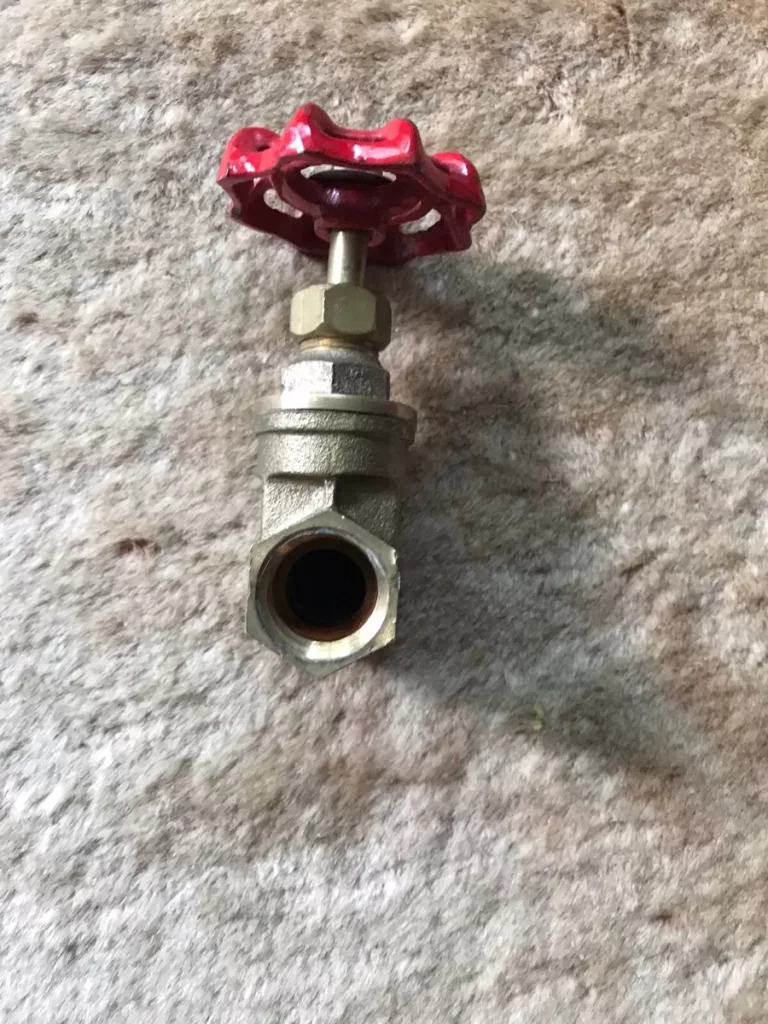Managing gate valve leakage in fluid systems is essential to prevent waste, maintain operational efficiency, and uphold safety standards. From drips to complete dryness, addressing various degrees of leakage requires a proactive approach and an understanding of the underlying causes. Gate valves are a common component in many fluid-handling systems, used to control the flow of liquids and gases. However, over time, wear and tear, corrosion, and other factors can lead to leakage. To manage this issue effectively, it is crucial to categorize the leakage into different levels and apply appropriate maintenance and remediation strategies. Drips, often considered the initial stage of valve leakage, can result from small defects such as worn sealing surfaces or minor corrosion. While drips might seem inconsequential, they can add up to significant fluid loss over time and may indicate underlying issues that, if left unaddressed, can worsen. Routine inspections and maintenance can help identify and rectify these small leaks before they escalate.

Repacking the valve, replacing damaged seals, or resurfacing the valve components are common techniques used to combat drips and maintain a more efficient system. As leakage progresses, it may transition from drips to more noticeable flows. In such cases, identifying the source of the leakage becomes critical. Valve components may suffer from more severe corrosion, erosion, or damage, leading to increased leakage rates. Remediation can range from tightening gland bolts, replacing damaged gaskets, or even reconditioning the valve. Additionally, it may be necessary to assess the valve’s compatibility with the fluid being handled and consider materials that are more resistant to corrosion, especially if the leakage is recurrent what is a gate valve? In the worst-case scenario, gate valves may experience complete dryness failure, where they are unable to seal off the flow entirely, leading to uncontrolled leaks. This can pose significant safety risks, environmental concerns, and substantial financial losses. When faced with this level of leakage, a comprehensive evaluation of the valve’s condition and the surrounding system is necessary.
Preventive measures, such as implementing a regular maintenance schedule and utilizing corrosion-resistant coatings, can extend the life of gate valves and reduce the likelihood of dry leakage events. Regardless of the level of gate valve leakage, it is crucial to adopt a proactive approach to manage and mitigate the issue. Implementing a robust maintenance plan that includes regular inspections, maintenance, and, if necessary, replacement of gate valves can significantly reduce the risk of leaks, minimize downtime, and enhance the overall efficiency and safety of fluid systems for gate valve leaking at stem. Moreover, employing modern technologies, such as predictive maintenance techniques and advanced sealing materials, can help prevent leakage issues and extend the service life of gate valves. By addressing gate valve leakage from drips to dryness, fluid systems can operate reliably and efficiently, ensuring the seamless transportation of liquids and gases while minimizing environmental impact and reducing maintenance costs.